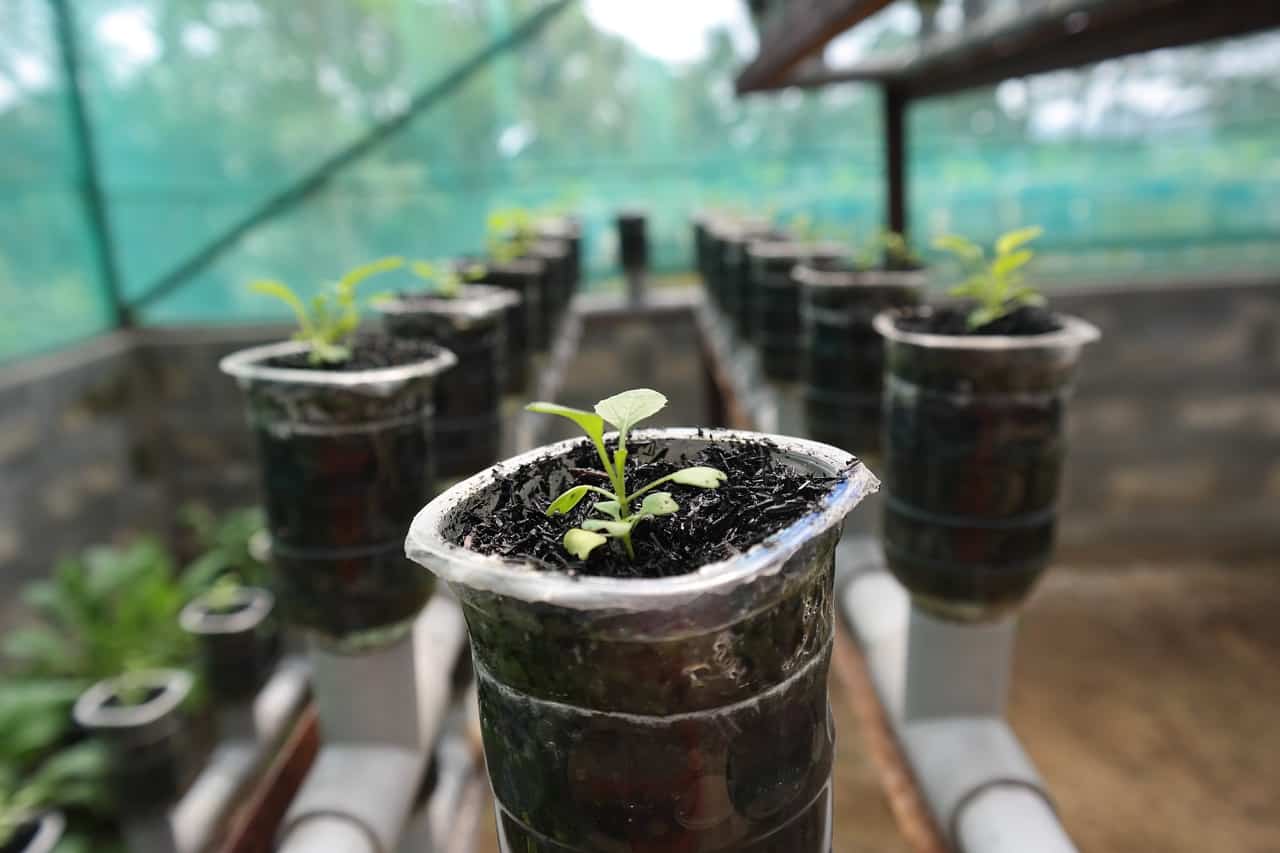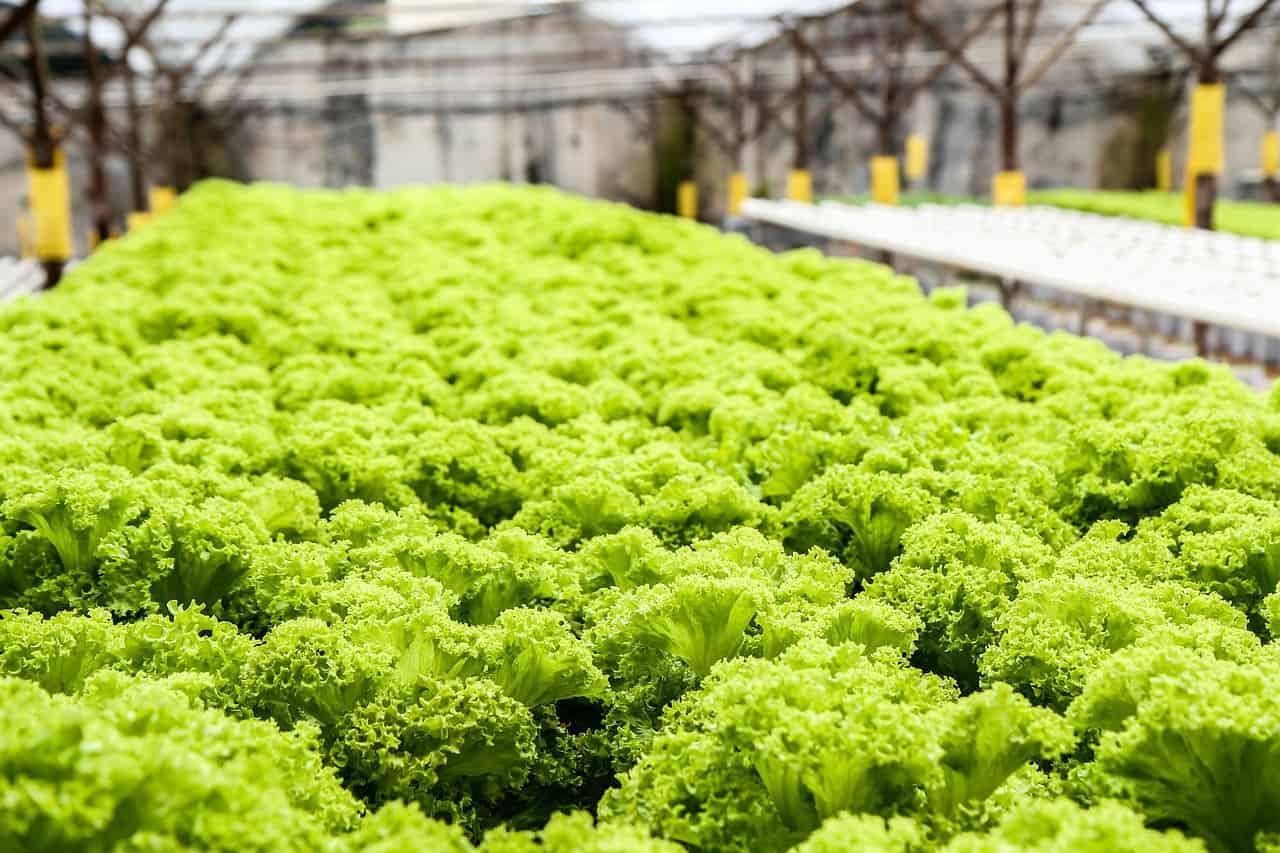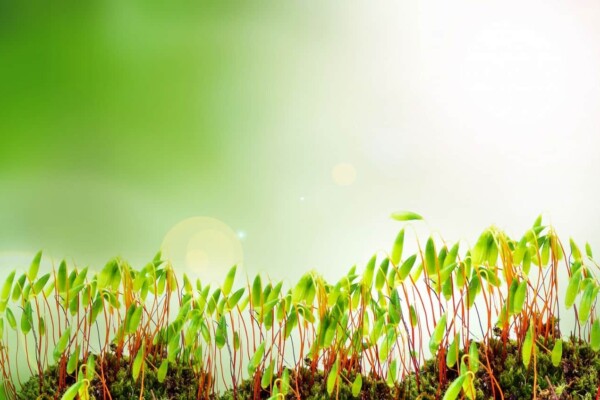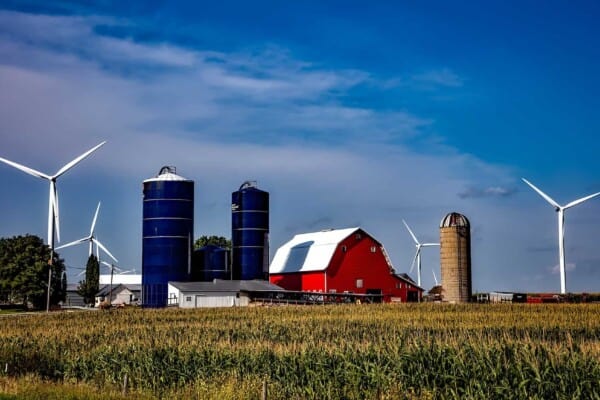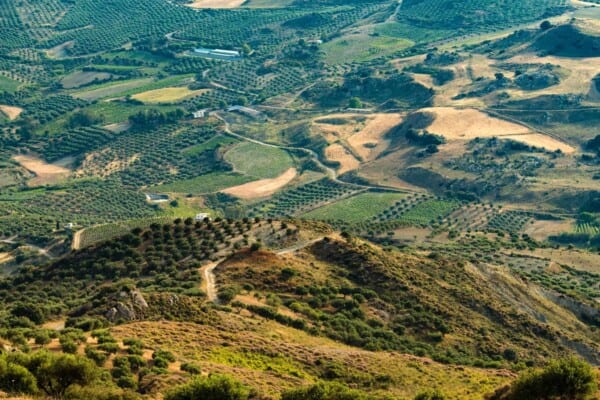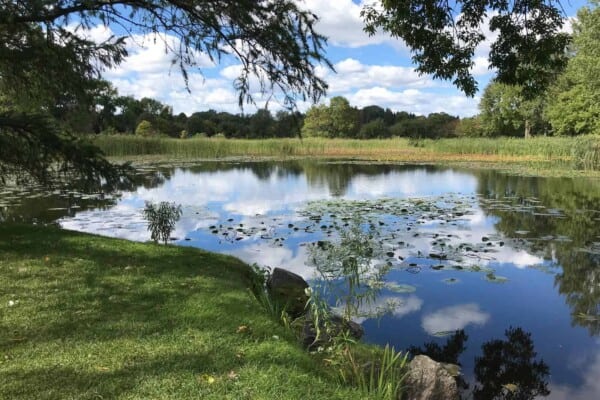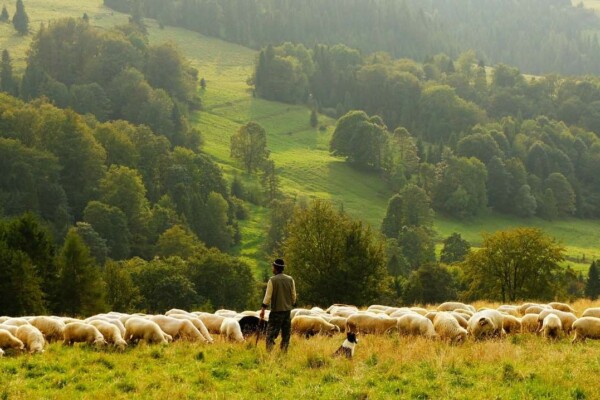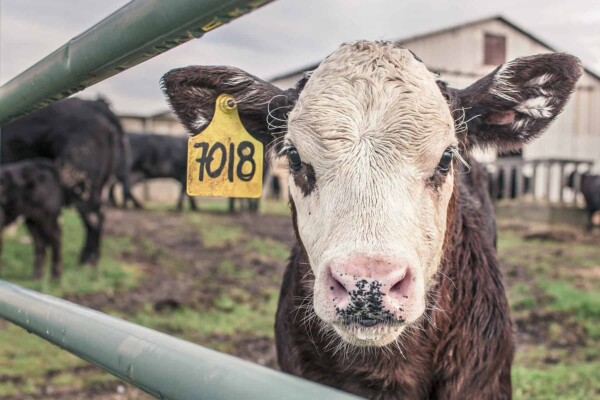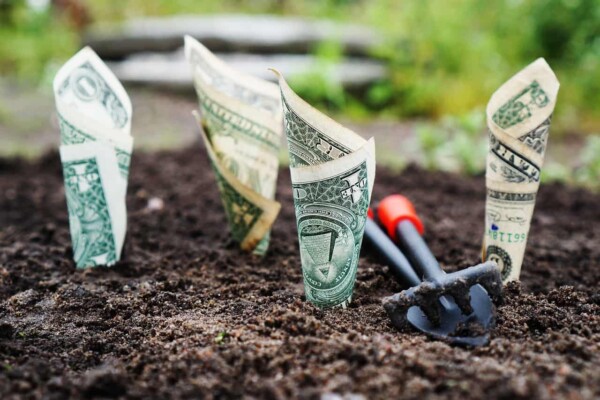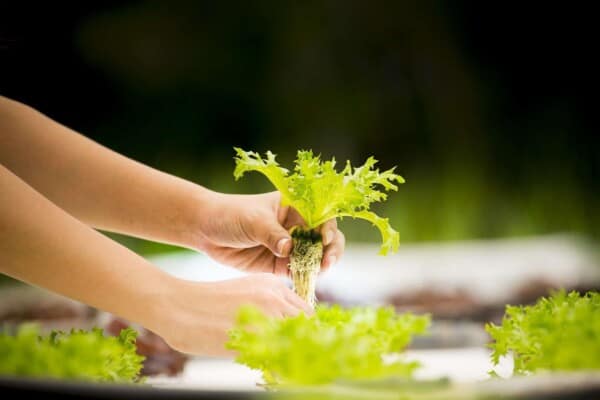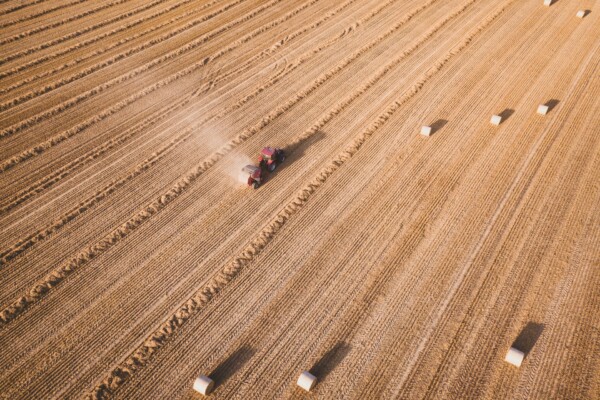Humankind is in a perpetual search for new means of food production to ensure the necessary food resources for growing populations. Climate change and impending water crisis bring a cloud over conventional agriculture. Countries like Bangladesh and Yemen, as well as Germany and the US have come to seek alternative techniques to obtain vegetables in arid areas or even in cities.
Every minute the equivalent of 30 football fields of arable land is lost due to its intensive use precisely in agriculture, in addition to the effects of climate change. The problem is that a third of the soil is already used to produce food. But increasing its extent threatens biodiversity and ecosystems and, according to the World Agricultural Organization, it takes 1000 years to generate the top layer of three centimeters of land that allows plants to grow. Thus, according to the United Nations, the amount of productive arable land per person can be in 2050 at one-fourth the level it had in 1960.
What is hydroponic agriculture?
Hydroponic farming is a type of high-tech agriculture. Instead of waiting for the right time of the year for planting the seed in the ground, adding fertilizer, with the hope that there will be enough rain (but not too much), eliminating pests, diseases and/or insects that can threaten crop plants, hydroponic plants are nourished and kept indoors under special lights that encourage development in a sterile environment that retains water and nutrients close to the plant roots, with controlled temperature and humidity.
Hydroponic culture systems involve arranging a rooting medium of plants, other than ground, which can be rock wool, gravel, sand, quartz, perlite (a spongy material, made from volcanic rock) expanded clay, polyurethane, etc. The materials used for substrates of support, whether they are natural, or produced industrially, must allow the roots to breathe, to have the ability to retain the solution (but also ensure a good drainage) to not interact with various compounds of nutrients. The materials are moistened at regular intervals, with a nutrient solution which must contain, in certain proportions, all elements (minerals and trace elements) which the plant normally extracts from the soil: calcium, magnesium, sodium, potassium, iron etc.
Water with nutrients is spread by a machine with ultrasounds with a ceramic membrane that has the ability to vibrate at a certain frequency (1,65MHz), which means more than 1.5 million vibrations per second. When water passes over this membrane, it’s pulverized resembling to a kind of fog, fueling plant roots at a favorable growth rate. This “fog” is constantly ventilated, stimulating its absorption by the plant, which develops in these conditions, much faster. Those who practice this type of hydroponic cultures have developed recipes solutions, depending on the type of vegetables (for tomatoes, cucumbers, carrots, mushrooms, etc.), a certain phase of vegetation and according to the ambient temperature and humidity, which are held under automated control.
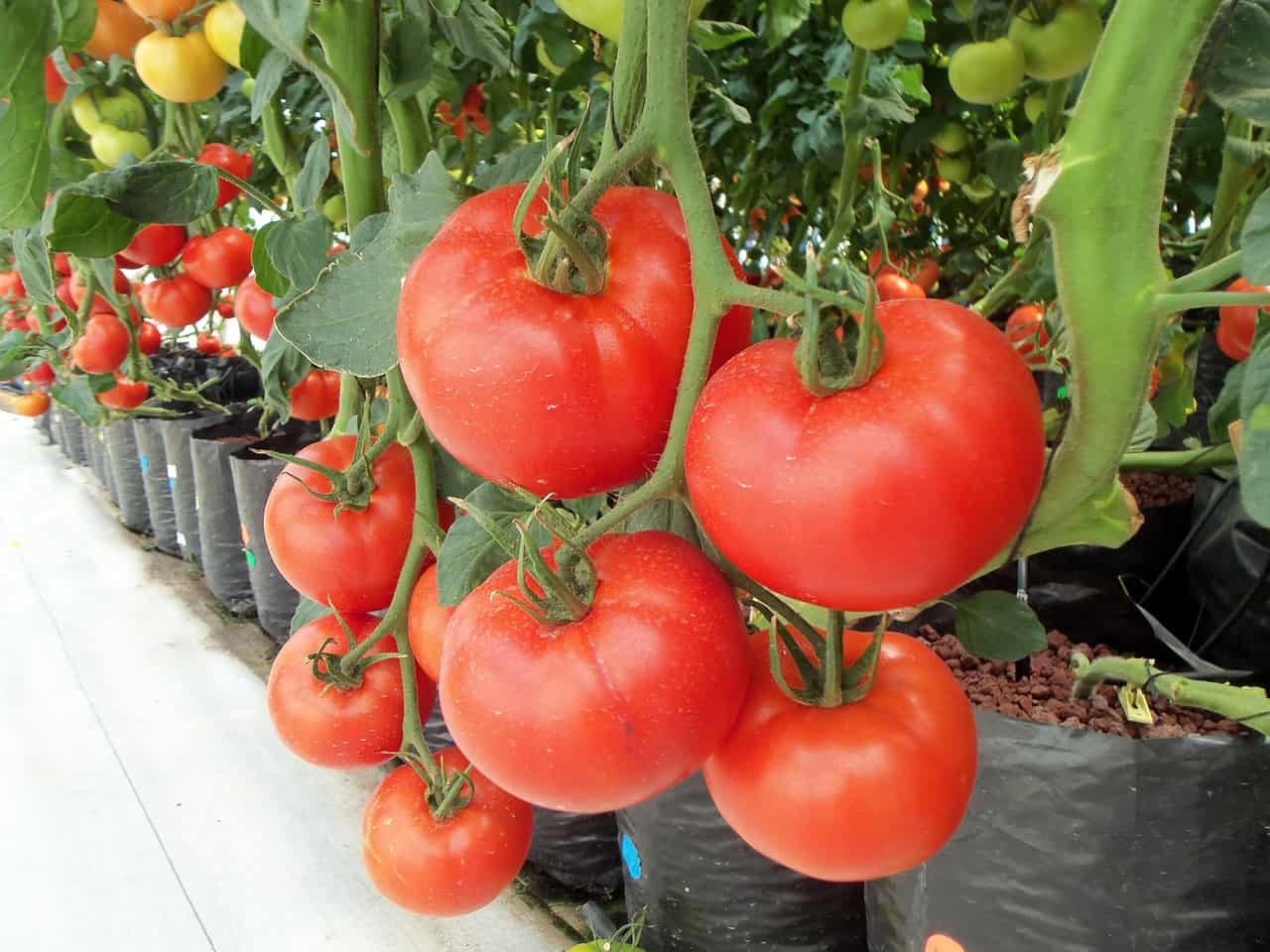
Pros and cons of hydroponic agriculture
In hydroponic crops, plants are not a target of unpredictable ravages of nature and thus record fewer losses. Farmers no longer have to worry about drought and hail storms. They also require fewer pesticides, herbicides, fungicides and other chemical substances.
Given that they can control artificial day length and temperature, hydroponic farmers who practice agriculture have no longer any constraint linked to the seasons. If they want, they can grow tomatoes in January and spinach in July. However, they have to pay utility bills rather than receiving free sunlight and water.
Hydroponic grown vegetables can be grown almost anywhere. This means that residents of Alaska, for example, can enjoy fresh local lettuce, instead of paying to transport them by air. It is even believed that hydroponics agriculture is a more sustainable form of agriculture because it uses less water, less space and less electrical energy.
The fact that hydroponic vegetables have no contact with the ground doesn’t mean that farmers don’t have to worry about the absorption of heavy metals, contamination of soil or disease-causing bacteria that may exist in natural fertilizers. Therefore, hydroponic crops are not necessarily healthier than traditional grown crops.
For some vegetables, specific soil variety can have a greater influence on flavor than the fact that they are grown in the ground or in a hydroponic environment. For example, new types of hydroponic grown tomatoes scored higher in flavor tests where subjects were not able to see what they were eating. Eventually, if it’s not necessary to grow varieties that are resistant to drought or other damage, it can be possible to focus on growing more flavorful varieties. Also the fact that it’s possible to control the mix of nutrients in growing, especially minerals, can improve flavor in hydroponic grown vegetables.
Even if today hydroponic culture systems seem to be the most modern and surprising plant technology, the principle is as old as the world. Based on his principle, the Hanging Gardens from Babylon were created in the seventh century BC. Because of this system, the population in the highlands of Peru cultivates vegetables on surfaces covered with water and mud. Chinese peasants, even to this day, are using millenary techniques on gravel cultures.
At the beginning of the third millennium, maintaining the same thousand-year-old idea of crops without soil, a depiction of the hanging gardens of Babylon could be the “vertical farms”, the boldest idea of contemporary agriculture, a concept launched in 1999, in the United States. With great savings on floor space, these farms, located in or near cities, using bunked hydroponic culture systems, could be the answer to increasing food need in the world.
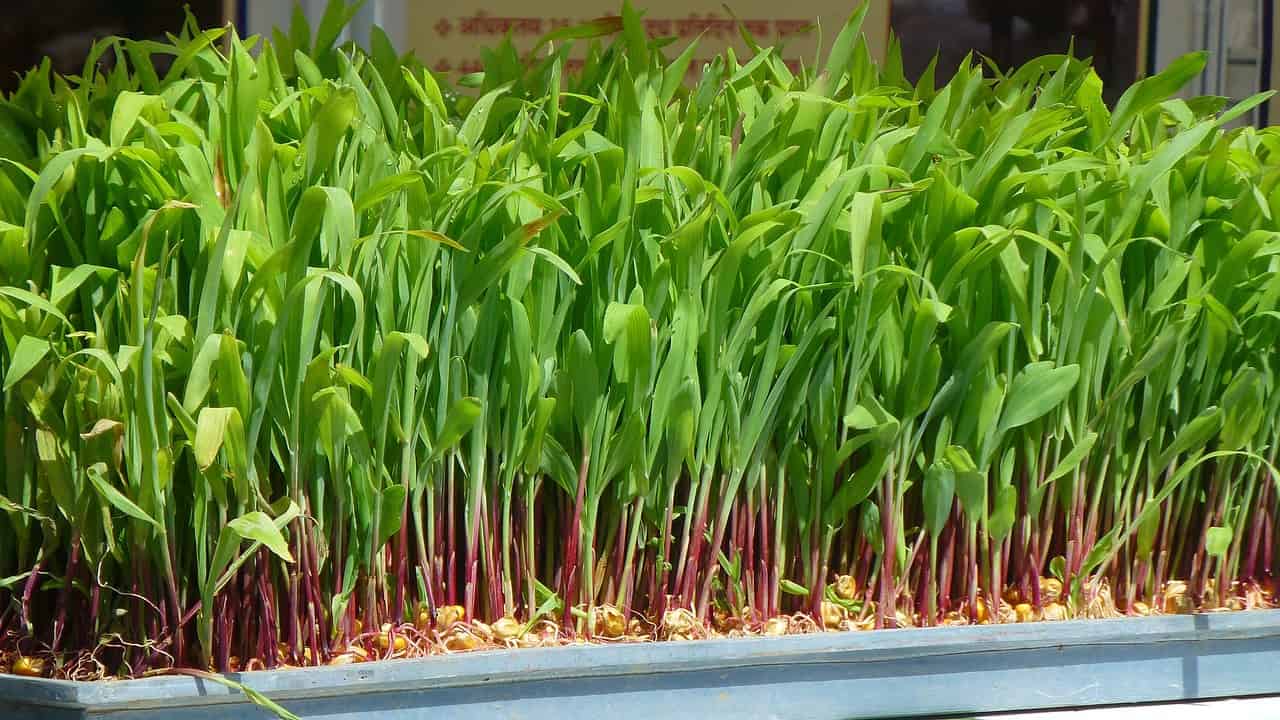
The production of green fodder in hydroponic warehouses
Hydroponic culture of plants in nutrient solutions without soil is used primarily to produce vegetables or flowers because the production cycles succession is higher and ensures very high profitability crops. However, in recent years, in some countries, where climatic conditions are less favorable for crops (dry areas, arid soils with low fertility) or farms which apply modern technologies of farming, the production of green fodder is no longer driven directly in the field, on farmland designated for these crops, but in special warehouses: hydroponic growing rooms or containers of plants, greenhouses or tunnels.
In these new spaces, the production of green fodder or graze green is done vertically in trays of various sizes without any substrate. Environmental conditions in the growth chambers are controlled to the optimal growth of the plants in the field: a temperature of 22-25 ° C, atmospheric humidity of 40-60 percent and a daily illumination time of 10 to 12 hours.
The seeds are laid in trays (usually made of plastic), very close to each other, and watered at short intervals with a solution of nutrients, like for germinated seeds.
The period of production for a fodder crop in hydroponic system is 7-10 days, when the plants reach a height of 12-15 cm. At this stage of development, the culture looks like a green felt, lined with plant roots and can be used immediately in animal feed (cattle, sheep, horses etc.).
The amount of seed used in the trays varies from one species to another, from 1 to 4 kilos per square meter.
This system can be used for various fodder crops: cereals (wheat, barley, oats, corn), perennial legumes (alfalfa, red clover), fodder grasses (ryegrass, perennial ryegrass).
Regardless of environmental conditions or season, the benefits of hydroponic green fodder production are the following:
- ensuring continuous green fodder, in terms of high quality and high expendability;
- a production cycle of only 7-10 days, achieving in one year around 30 production cycles;
- 1 kilo of green mass of hydroponic culture consumes 2-3 liters of water, compared to 80-100 liters of water that are consumed for crops grown in the field (basically, the amount of water consumed is reduced by 90-95 percent);
- a hydroponic warehouse can produce 350 to 400 tons / year of green mass, equivalent to an area of 12 hectares in the field;
- hydroponic fodder is rich in amino acids, enzymes, vitamins, and researches show an increase in production of milk and meat, wool and improving quality in breeding indices;
- amortization expenses for hydroponic warehouses are relatively short and the cost of hydroponic fodder is ten times lower than the traditional fodder grown in the field.
End of world hunger through hydroponic agriculture?
Nowadays, hydroponics has advanced thanks to the development of chemical analysis, and it has done so to the point that many consider it a hope for the future of humanity. In particular, it could be a key instrument to combat hunger and increasing food insecurity as a result of overpopulation.
Less developed countries could take advantage of the great potential of hydroponics to end the problems of land shortages for agricultural use and overpopulation, which can lead to poverty and famine. At the same time, rich countries such as the United States or Israel also choose this technique to gain space and benefit from many of its advantages.
In addition to its efficiency in the use of resources such as water or nutrients, to dispense the land and to require much less space, hydroponics means workforce savings, simpler and cheaper pest control as well as harvest of higher quality.
The absence of weeds, low or zero concentration of pesticides, the possible use of desert areas or almost any other place for their development and their great sustainability are also important points in the favor of hydroponic agriculture, which brings us closer to a “greener” world.
Hydroponic agriculture in countries dealing with low water resources
Hydroponic systems can be used in nearly all regions of the world, provided that there are adequate sunlight and heat supplies, or the necessary technologies for replicating environments beneficial for the ideal growth of plants, even using seawater. Joint greenhouse and power plant facilities are most beneficial and profitable in relatively flat, light-intense and low-lying areas, which are also in relatively close proximity to the sea and to potential consumers of produce and drinking water, because there are limited food miles and thus limited carbon emissions. According to Seawater Greenhouse Limited, one of the companies that operate with technologies used for crop growth based on seawater and sunlight, these regions are the following:
In Europe – the Canary Island, Balearic Islands, France, Gibraltar, Cyprus, Crete, Italy, Malta, Portugal, Greece (mainland and islands), Spain and Sardinia.
In the Middle East: Egypt, Iran, Bahrain, Iraq, Israel, Lebanon, Jordan, Kuwait, Qatar, Saudi Arabia, Oman, Palestine, the United Arab Emirates, Yemen and Syria.
In North America: Cayman Islands, Mexico and California.
In Latin America: Brazil, Chile, Colombia, Argentina, Ecuador, Peru, Uruguay, Ecuador and Venezuela.
In Africa: Angola, Cape Verde Islands, Eritrea, Algeria, Kenya, Madagascar, Dijbouti, Ethiopia, Mauritania, Gambia, Mozambique, Morocco, Namibia, Somalia, South Africa, Senegal, Tanzania, Sudan, Tunisia and western Sahara.
In Asia: the Galapagos Islands, Pacific Islands, China, India, Pakistan, Sri-Lanka and Turkey.
In Australia: Northern Territory, Queensland, Western Australia and South Australia.

